Apple could be making big changes to the displays of the iPad mini, iPad Air, and MacBook Air, if a display roadmap is to be believed, including transitioning the models to OLED starting from 2026.
Apple has gradually been adding OLED to its products, but it has so far only used the display technology in its premium iPad Pro line. While it is expected to eventually make more OLED products, it is unclear exactly when that will happen.
If a product roadmap released to X on Thursday is to be believed, then the next update could happen in 2026. The roadmap, sourced from Omdia and shared by "@Jukanlosreve," outlines what Apple's next moves could be with regards to OLED.
The earliest iPad change is 2026, the chart offers, with the iPad mini getting an 8.4-inch rounded corner hybrid OLED display. Identified as having a single RGB layer rather than the Tandem approach in the iPad Pro, it is also set to use an LTPS TFT.
The same year, the MacBook Pro line is expected to switch to a hybrid OLED Tandem display, with an Oxide TFT. The displays are also said to be slightly bigger, listed at 14.3 inches and 16.3 inches instead of 14.2 and 16.2 inches respectively.
By 2027, the iPad Air is said to get its own 11-inch and 13-inch hybrid OLED display, with a single RGB layer and LTPS.
The schedule states there will be a lot of activity in 2028, with the iPad Pro models continuing to use 11-inch and 13-inch hybrid OLED Tandem displays with LTPO TFT, but also TSP on TFE (Touch Sensor Panel on Thin Film Encapsulation) and a Polarizer-less design.
At the same time, the MacBook Air will use slightly larger 13.8-inch and 15.5-inch hybrid OLED displays, with LTPO or an oxide TFT as well as TSP on TFE.
Lastly for 2028, the rumored foldable device will consist of an 18.8-inch foldable Tandem OLED with LTPO TFT, TSP on TFE, and without a polarizer.
Quite plausible
The source of the leak isn't directly from Apple or a supplier. Omdia is an analytics firm, which muddies the water about whether to trust the schedule or not. It is likely that the analysts who created it researched the topic by analyzing the supply chain and other factors, so this may be an educated guess at best.
However, it's an educated guess that is in line with the thoughts of others. When asked to discuss the roadmap, DSCC's Ross Young, who specializes in displays, agreed with it.
In his X response, Young said he "presented something similar yesterday at the OLEDs World Summit." He notes that he made one difference in his version, in that the MacBook Air will "have an oxide backplane."
Previous rumor reporting on the OLED displays also broadly agree with the schedule.
A November report said the MacBook Air's OLED display was delayed from a rumored 2027 release to 2028. Meanwhile in May, it was claimed Apple supply partner Samsung Display was working on a new iPad mini screen using OLED, destined for a 2026 release.
 Malcolm Owen
Malcolm Owen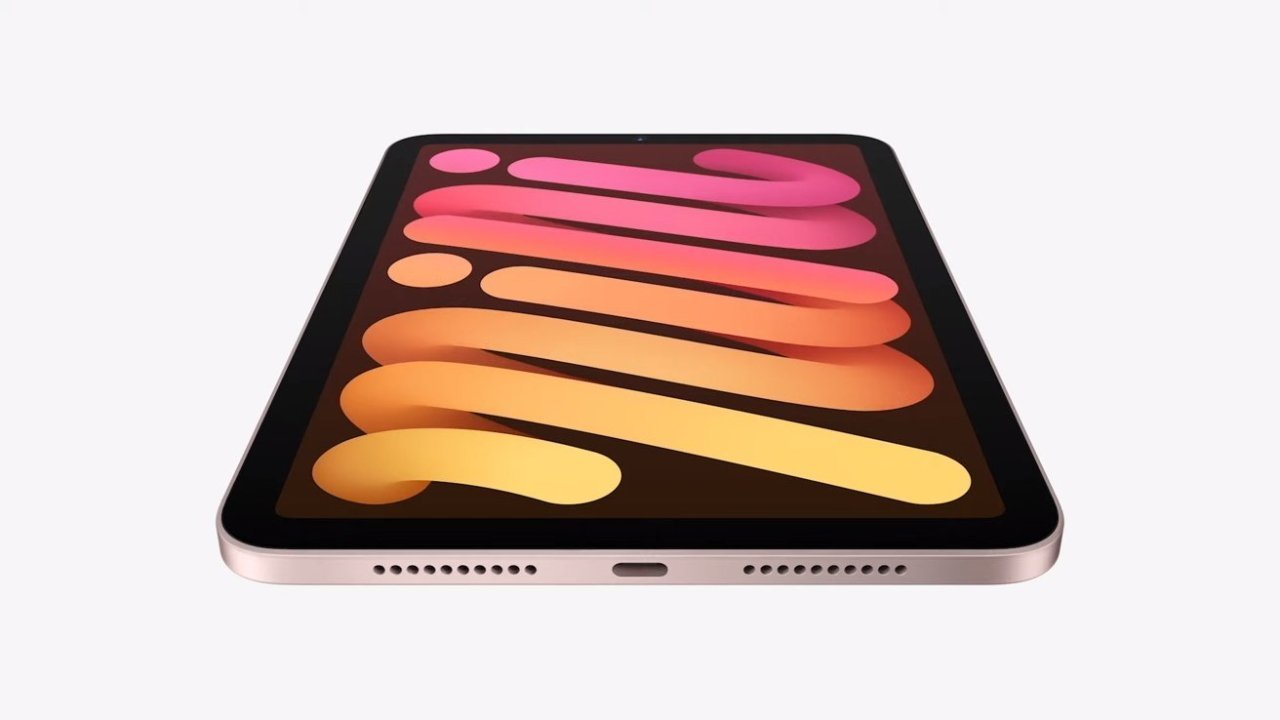
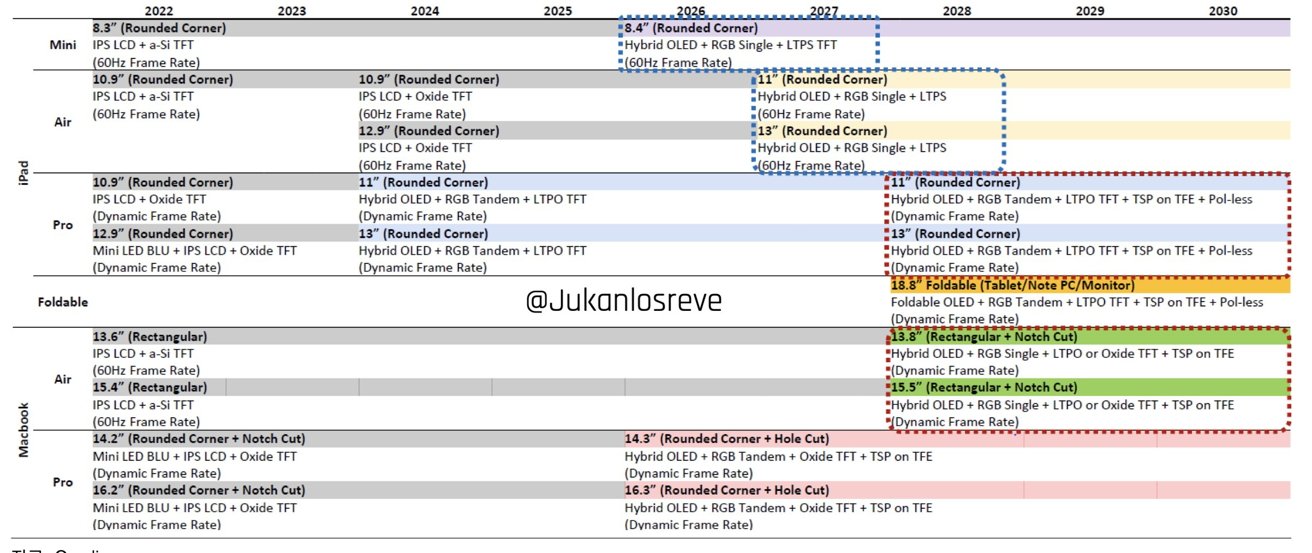


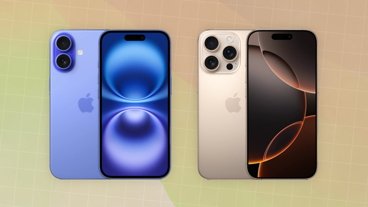




-m.jpg)





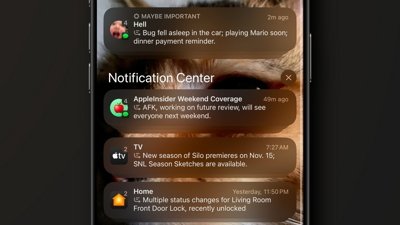
 Charles Martin
Charles Martin
 Marko Zivkovic
Marko Zivkovic
 Andrew Orr
Andrew Orr
 Amber Neely
Amber Neely
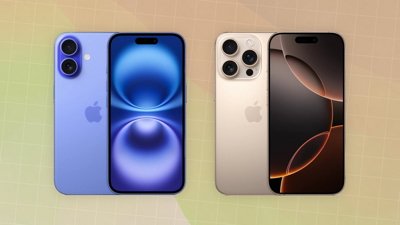
 William Gallagher and Mike Wuerthele
William Gallagher and Mike Wuerthele











2 Comments
Haven’t these OLED rumors been going on for the last 3 years, maybe 4 years?
Ie, Apple is testing OLED tech for their products. When they ship is contingent on supply-cost-quality-timing conditions. Any product rumor that is 2 years out, late 2026 and beyond means Apple hasn’t made any decisions on what’s going to be in the shipping products.
Whatever Apple ships it will be a Apple curated oled (designing around the inherent weaknesses of oled) it won’t be the same as other competitors because most of the general public won’t pay the higher price for a better screen. They will sit on the sideline and complain about the cost, anything 4.5K and above will cost more money, the usual crows on the fence however will complain about it not being 120Hz? Not understanding it takes more bandwidth to display anything beyond 4K @ 120Hz let alone a 5K screen.